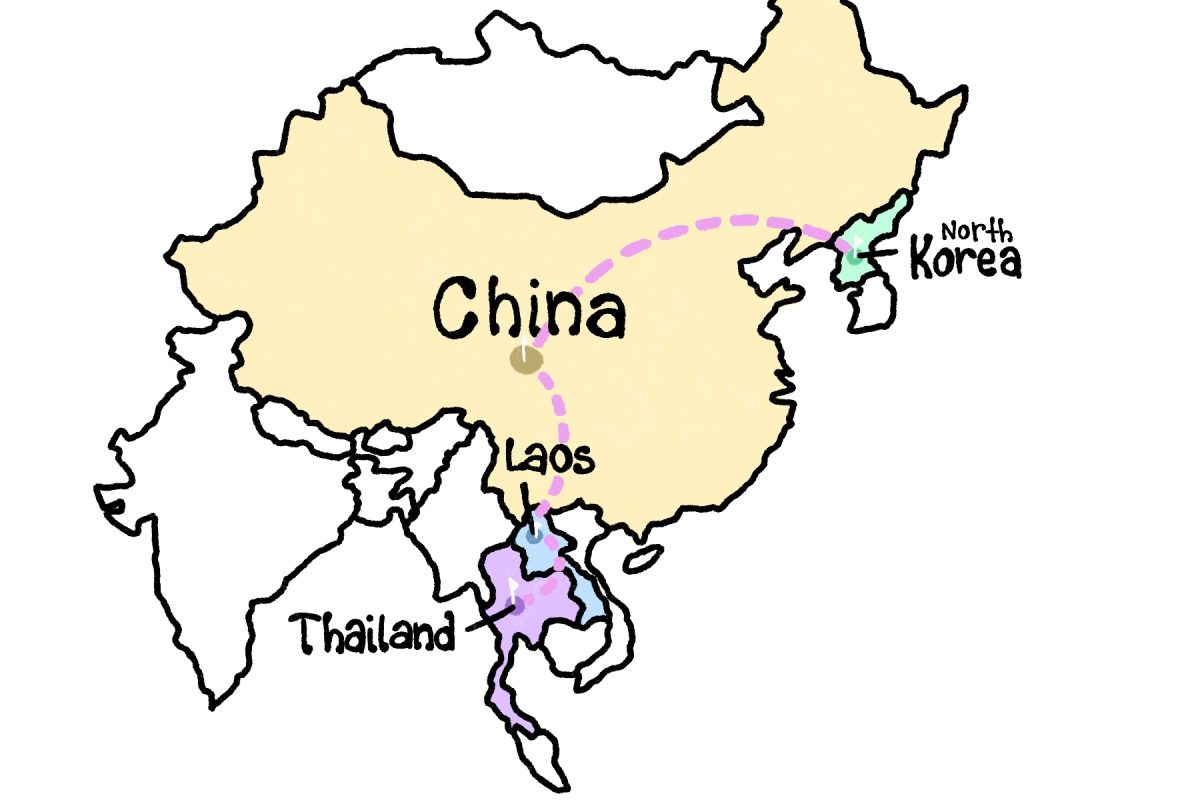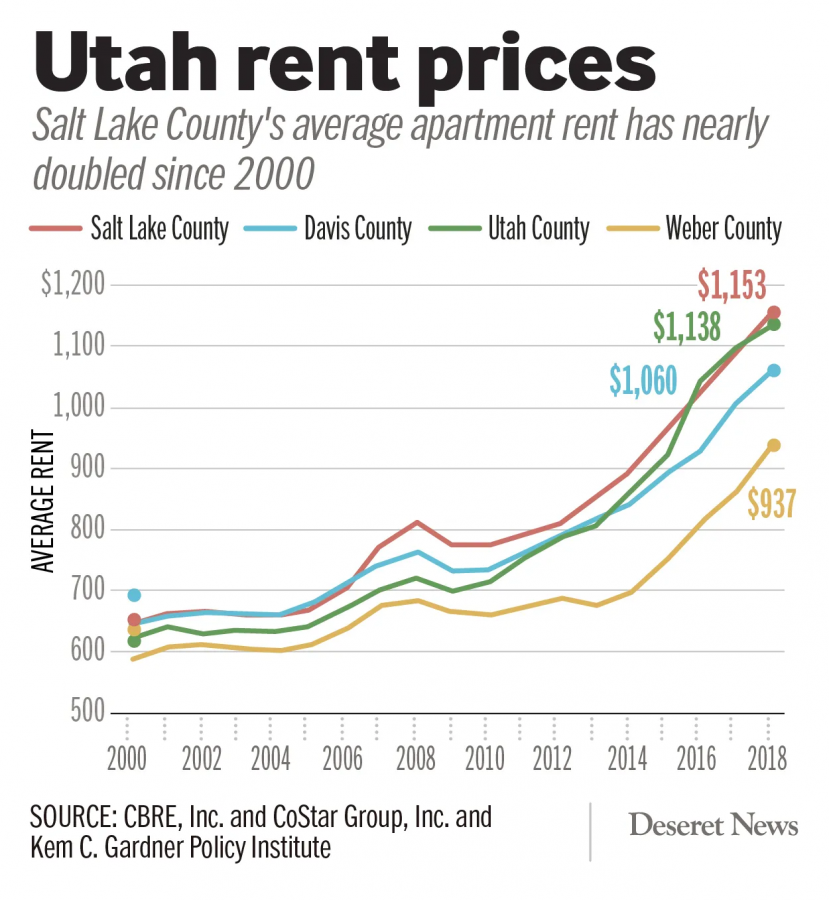$ugarhouse; Gentrification is Quickly Becoming an Issue in the Area
June 2, 2021
Gentrification has become a bit of a “buzz” word in Sugarhouse and Salt Lake City recently. There is the forever and ongoing joke of Utah being the “land of construction-zones,” and just one ten minute drive in the city would certainly prove that joke to be deserved. Recently Utah was named the fastest growing state in the country. So, how could gentrification impact Sugarhouse and Highland?
The first thing to understand is what gentrification actually means.
“Gentrification is a process in which lower socioeconomic areas are changed physically to encourage wealthier residents to move in,” said AP geography teacher, Jennifer Jacobsen.
This is becoming a very present issue in much of SLC. There has been an affordable housing shortage in Utah for years and it has been increasing at a very fast pace. Despite the numerous amounts of apartments being built across the city, these apartments are almost all at a rent of over $1,000 a month.
“In the process of gentrification, the renewed areas typically attract a specific resident: young college educated singles and couples with no children,” said Jacobsen. “These residents are looking for units that are convenient to services, like the appeal of a “new” old neighborhood, and they typically do not need or want yards. This leads to the construction of many multi-unit apartments or condos with retail on the bottom level. We see this type of construction throughout Sugarhouse now.”
According to a Deseret News article written by Katie McKeller, Salt Lake County had the highest average apartment rent on the Wasatch Front at the time of publishing. In theory it seems like it could be a positive to have more housing built, especially that suits the needs of new residents that would potentially move to Utah, but SLC also has a large homeless population that has been a possible result of the upward trajectory of living cost.
“Typically older, more affordable homes are torn down to make room for the new construction, which displaces residents in the neighborhoods. As the new projects go up, the longtime residents cannot afford to live in the area anymore and are forced into other neighborhoods. In SLC right now, there is a housing crunch,” said Jacobsen. “There is not enough low-income housing and as people get displaced from their neighborhoods, they have nowhere to go.”
This means that people who are not upper class have little to no chance of moving into certain areas and are at great risk of being displaced. This also greatly impacts minority communities as they are the most likely to be displaced as a result of gentrification. However, it is not likely that there would be any action against the increase in gentrification. The people who move into gentrified areas are usually young couples without children, as mentioned above. They do not need or want a large amount of space or a yard, but are willing to pay a larger amount of money to live closer to a more lively location, like a city. Local governments are often very favorable to gentrification for this reason as they can end up taxing things at a higher rate. People in the age group of their twenties and early thirties have the largest concentration of disposable income because they do not have a family. This disposable income increases even further if they do not have as many of the responsibilities that come with having a home. This means that young people’s disposable income is spent on other expenses, like entertainment, at a higher rate.
“City governments tend to like the idea of gentrification because older areas that go through gentrification start to generate a greater tax base due to the increase of goods and services that are available, “ said Jacobsen.
So how could this potentially affect Highland? Well, Highland is in one of the most rapidly gentrifying areas, Sugarhouse, and because gentrification has such a big impact on taxes, it therefore has a large impact on public schools.
“The impact on schools varies from area to area. As most new residents are young and childless, the local schools usually see a drop in student populations, which can lead to schools getting shuttered or consolidated due to low enrollment. Depending on the tax structure in cities and states, some schools may see an increase in funding if the sales tax base increases and those taxes are allocated to education. On the flip side, schools can lose funding if the tax structure is based on property taxes from home dwellers to support education. Students can expect to see more traffic and more congestion. Property values increase and rents begin to skyrocket which may make it difficult for HHS grads to stay in the area,” said Jacobsen.





























